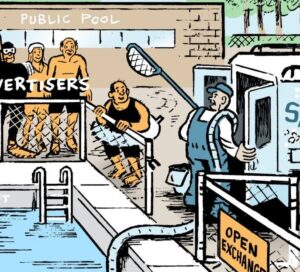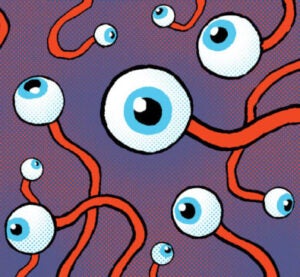How Us Weekly's Publisher Turned Away From MFA
In response to shifting ad industry trends, A360 Media abandoned its made-for-advertising model four years ago and streamlined its site design to court programmatic demand.
- A360 Media
- american media inc
- ArcSpan
- Chatham Asset Management
- Chris Kane
- deal curation
- DREW
- featured
- GAM network ID
- Google Ad Manager
- header bidding wrapper
- InTouch
- Jounce Media
- LiveIntent HIRO
- media tradecraft
- MFA
- National Enquirer
- Paul Likins
- PMP
- pricing floors
- US Weekly
- Viewability
- Women’s World
- Yahoo Connect ID
- yield management










